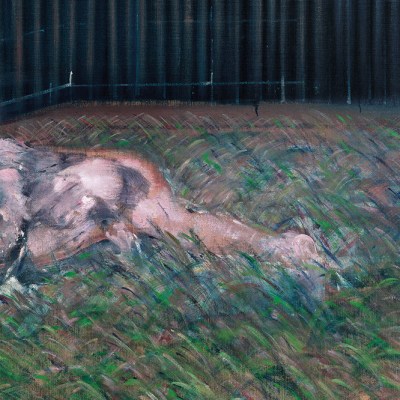Los Angeles County Museum of Art
Three Studies of Lucian Freud (1969), Francis Bacon
When the businesswoman Elaine Wynn bought Francis Bacon’s Three Studies of Lucian Freud at Christie’s New York in 2013 for $142.4m, it became the most expensive artwork ever sold at auction. That record stood for only a year and a half, when it was broken by Picasso’s Women of Algiers (Version ‘O’) (1955), but the painting – a rare chance to see these two titans of 20th-century British art brought together in one artwork – remains the most valuable work by a British or Irish artist ever sold. Wynn died in April this year and the crowning glory of her collection has now been bequeathed to the Los Angeles County Museum of Art – a museum with which she had close ties, co-chairing its board and donating $50m towards its expansion in 2016. The monumental triptych is one of the artist’s most recognisable works and shows Freud sitting in three different poses, his face contorted in a characteristically Bacon-esque manner against a vivid yellow background. It will go on show in LACMA’s new David Geffen Galleries, which are slated to open in April next year; the northern part of the building will be named the Elaine Wynn Wing.
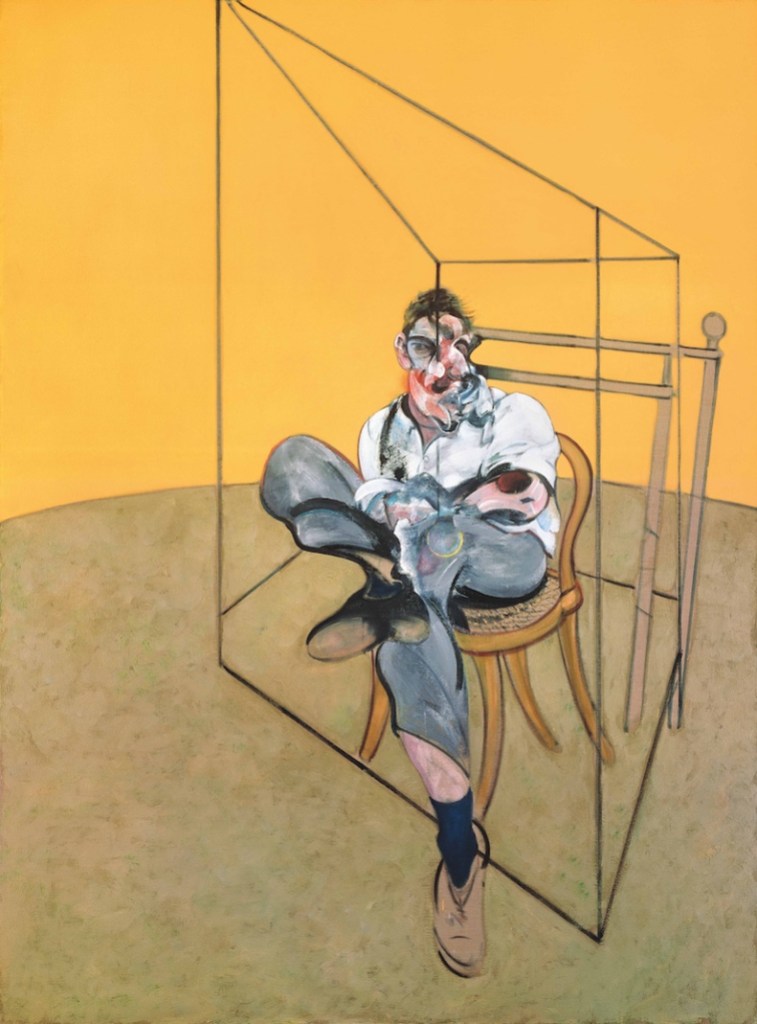
Metropolitan Museum of Art, New York
188 works of Dada and Surrealism
The Met has announced the acquisition of a promised gift of 188 works of Dada and Surrealist art. The works in the Bluff Collection have all been donated by John Pritzker, a trustee of the Met and the son of Jay Pritzker, the man who founded Hyatt Hotels and gave his name to the Pritzker Architecture Prize. The highlight of the gift is a group of works by Man Ray – 35 of which can be seen in the museum’s current exhibition ‘Man Ray: When Objects Dream’ (until 1 February 2026) – that includes items such as his famous photograph of Kiki de Montparnasse, Le violon d’Ingres (1924). Paintings, collages, drawings, sculptures and more by artists such as Giorgio de Chirico, Marcel and Suzanne Duchamp, Max Ernst and Francis Picabia, as well as books, posters and other ephemera relating to this period of art history, make up the rest of the collection. Alongside the artworks, Pritzker has made a donation that will be used to fund a new research programme at the Met on Dada and Surrealist art.
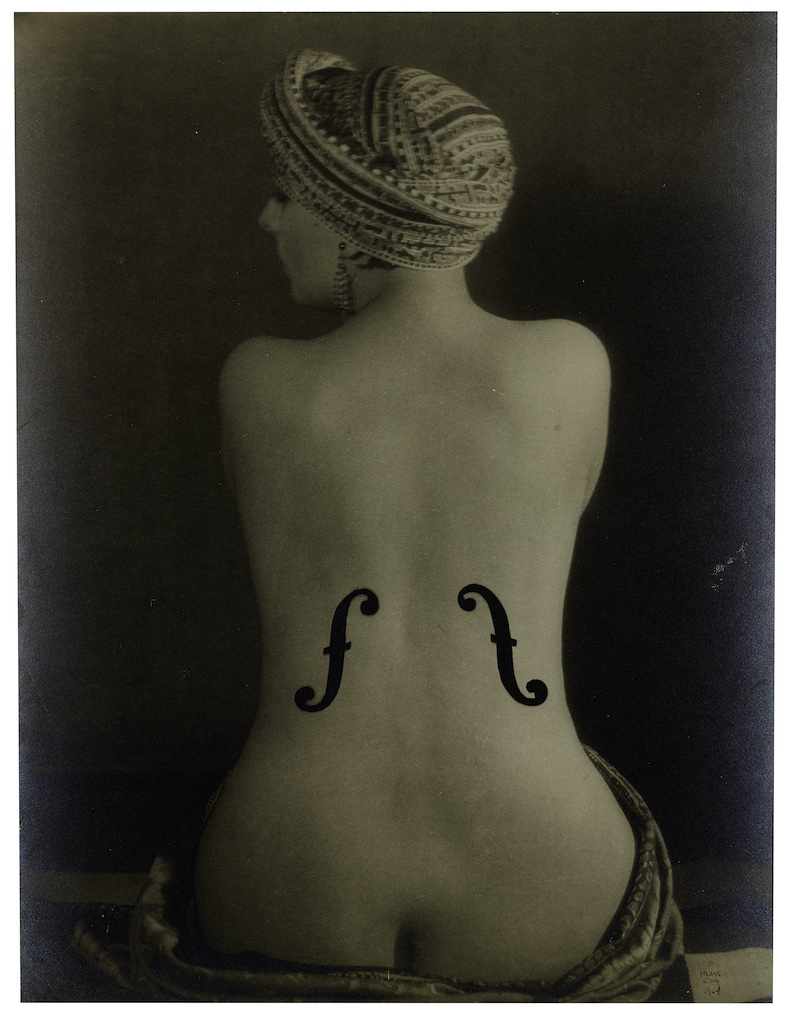
Waddesdon Manor, Buckinghamshire
Two works by Joshua Reynolds
Waddesdon Manor, which is owned by the National Trust but managed and funded by the Rothschild Foundation, has made two works by Joshua Reynolds part of its permanent collection. Both paintings had been on long-term loan to the house since 1995 from the collection of Jacob Rothschild, who died in February last year, but have now been acquired under the Acceptance in Lieu scheme. The paintings both depict notable figures of Reynolds’s day: the actor David Garrick, stood between two personifications of Tragedy and Comedy; and Joanna Leigh, daughter of wealthy merchant John Leigh of Northcourt House on the Isle of Wight, who is shown inscribing her husband’s name into the bark of a tree in a work of 1775–76.
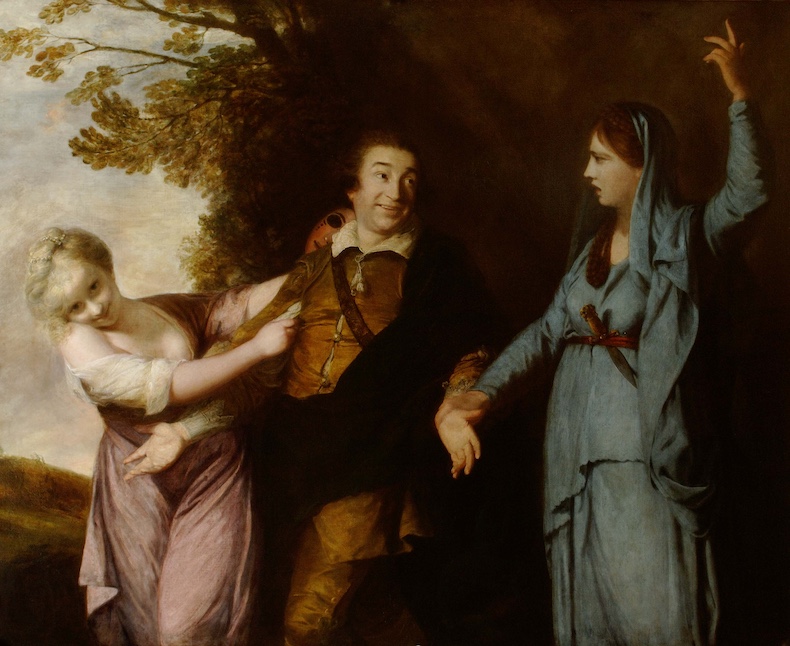
Nivågård’s Malerisamling, Niva
Susanna and the Elders (1644-48), Artemisia Gentileschi
Artemisia painted several versions of Susanna and the Elders over her career. One of her later efforts has now been acquired by the Nivågård’s Malerisamling in Denmark – a country house some 30km north of Copenhagen that in the late 19th century was owned by the merchant and patron Alfred Hage and then by his son, Johannes, who founded the house’s art collection. It is a more restrained depiction than, for instance, earlier versions in the Schloss Weißenstein in Pommersfelden (1610) or Burghley House in Lincolnshire (1622), both of which show the subject turning away from her attackers in dramatic fashion. Here, Susanna faces the two men behind her with a look of blank surprise rather than heightened distress. Bought from the dealer Nicholas Hall thanks to large donations from the New Carlsberg Foundation and the Aage and Johanne Louis-Hansen Foundation, the work becomes the first Artemisia to be held in a public collection in Denmark and one of the most significant acquisitions in the history of the museum.
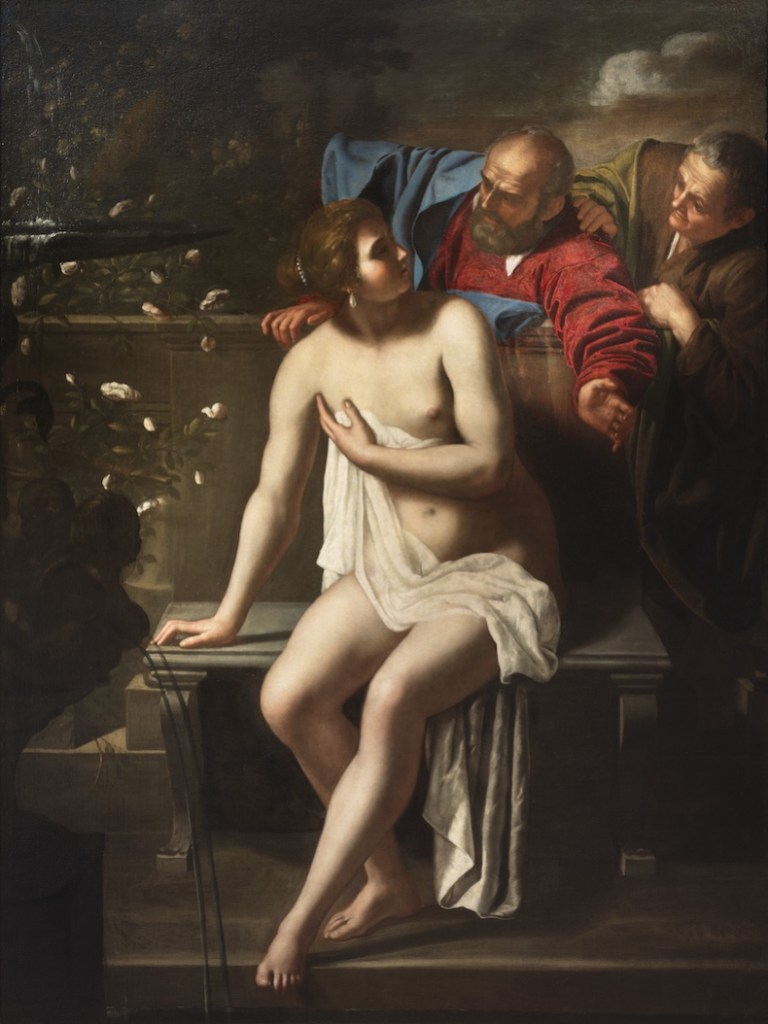
Museum of Fine Arts, Houston
The Crucifixion (c. 1624–25), Hendrick ter Brugghen
Hendrick ter Brugghen travelled to Rome in his late teens and returned to Utrecht a decade later a fully fledged Caravaggist. In doing so, he became one of the first major artists to bring the Italian master’s influence back to Holland, and he, Gerrit van Honthorst and Dirck van Baburen became known as the Utrecht Caravaggisti. It is thought that ter Brugghen painted several versions of The Crucifixion, of which only two still exist: one held by the Met, the other recently acquired by the Museum of Fine Arts in Houston (a third possible version was destroyed in a fire at a church on the Dutch island of Ameland in 2013). The Houston painting is larger than the Met’s and frames the crucified Christ even more closely, while the sky behind has a much redder, more ominous tinge than that in the Met’s version. The painting will go on view in November in the museum’s galleries of French and Italian baroque art.
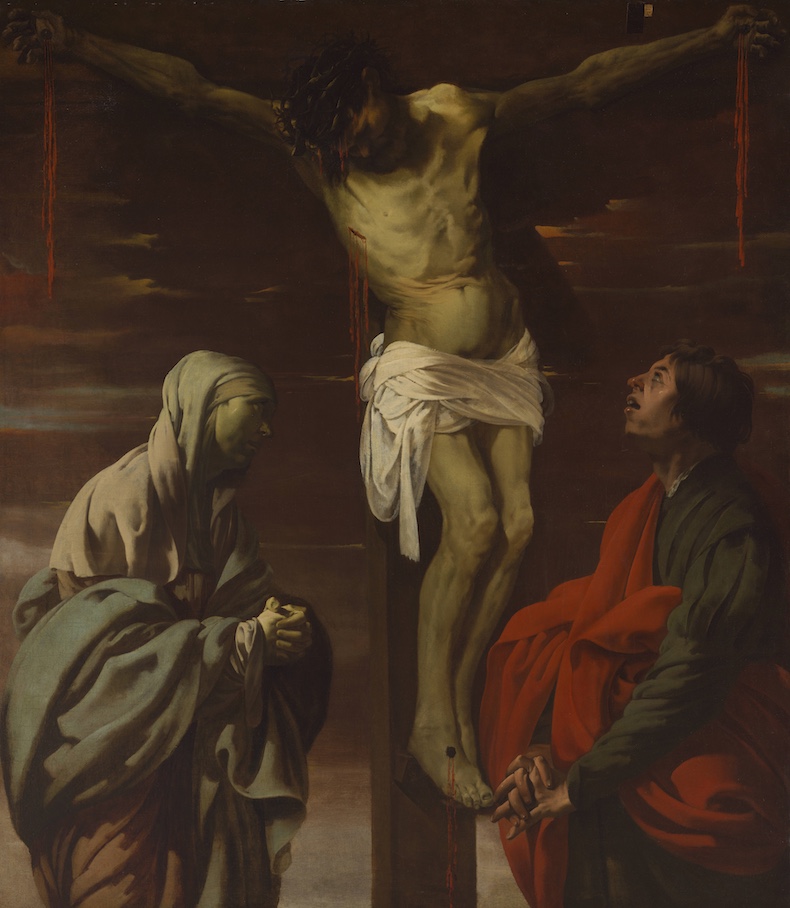
Museo regionale Accascina Messina
Saint Sebastian (n.d.), Antonio de Saliba
The Renaissance artist Antonio de Saliba, who is known to have been active in Sicily in the late 15th and early 16th centuries, is primarily of interest nowadays for his links to his uncle Antonello da Messina, in whose workshops he is thought to have trained. The Museo regionale Accascina Messina has two works by Antonello in its collection; it has now acquired a panel by Antonio depicting the martyred Saint Sebastian, with arrow holes in his neck and chest. The work, which was in a private family collection, was offered to Sicily’s department of cultural heritage and Sicilian identity, which bought it for €100,000.

